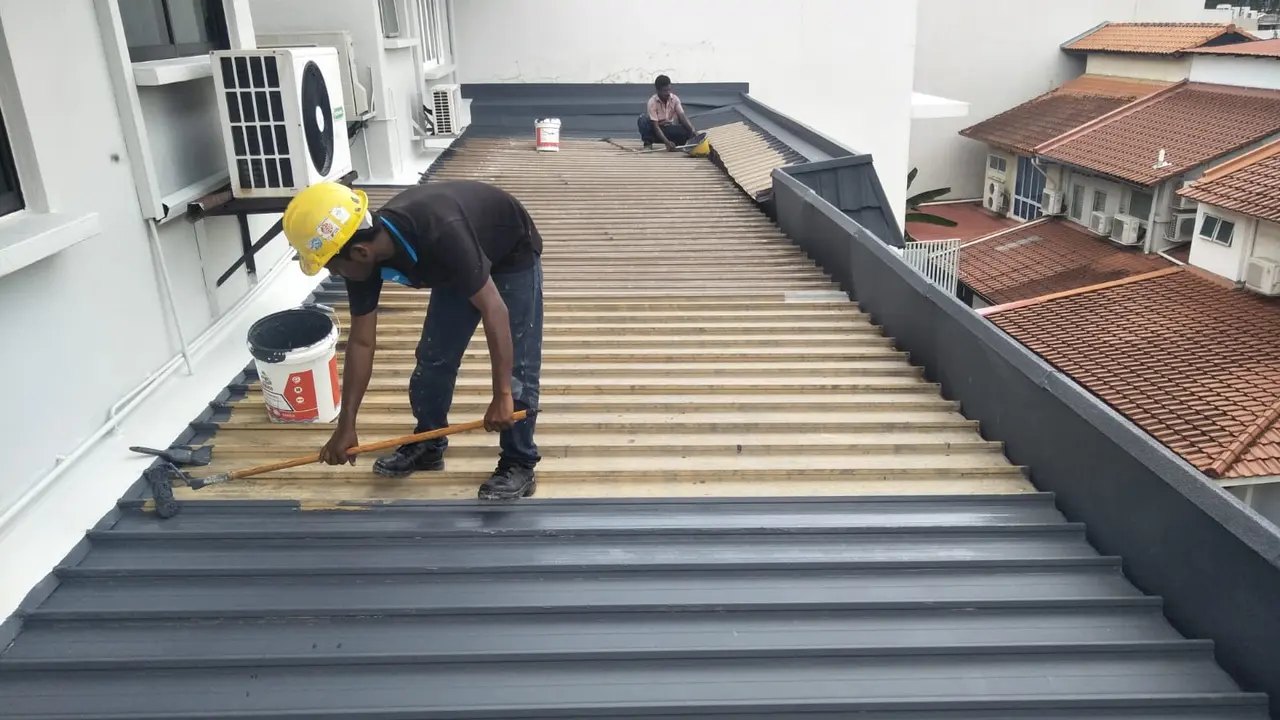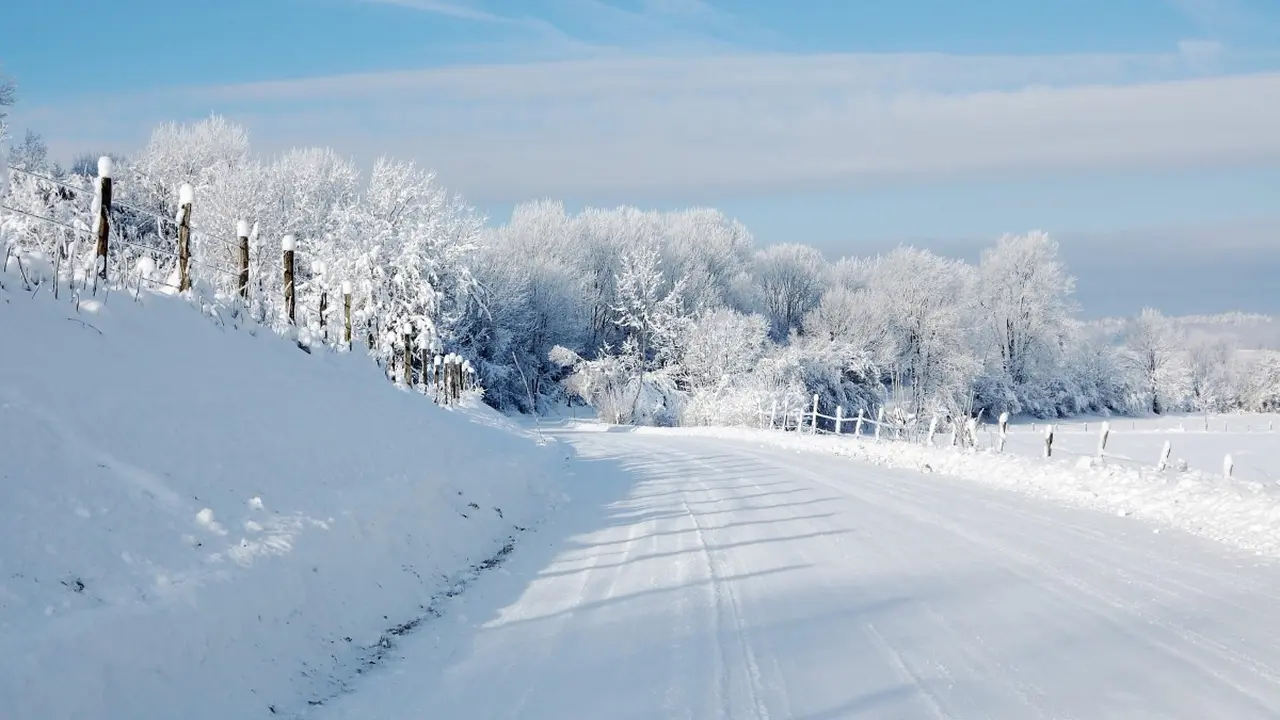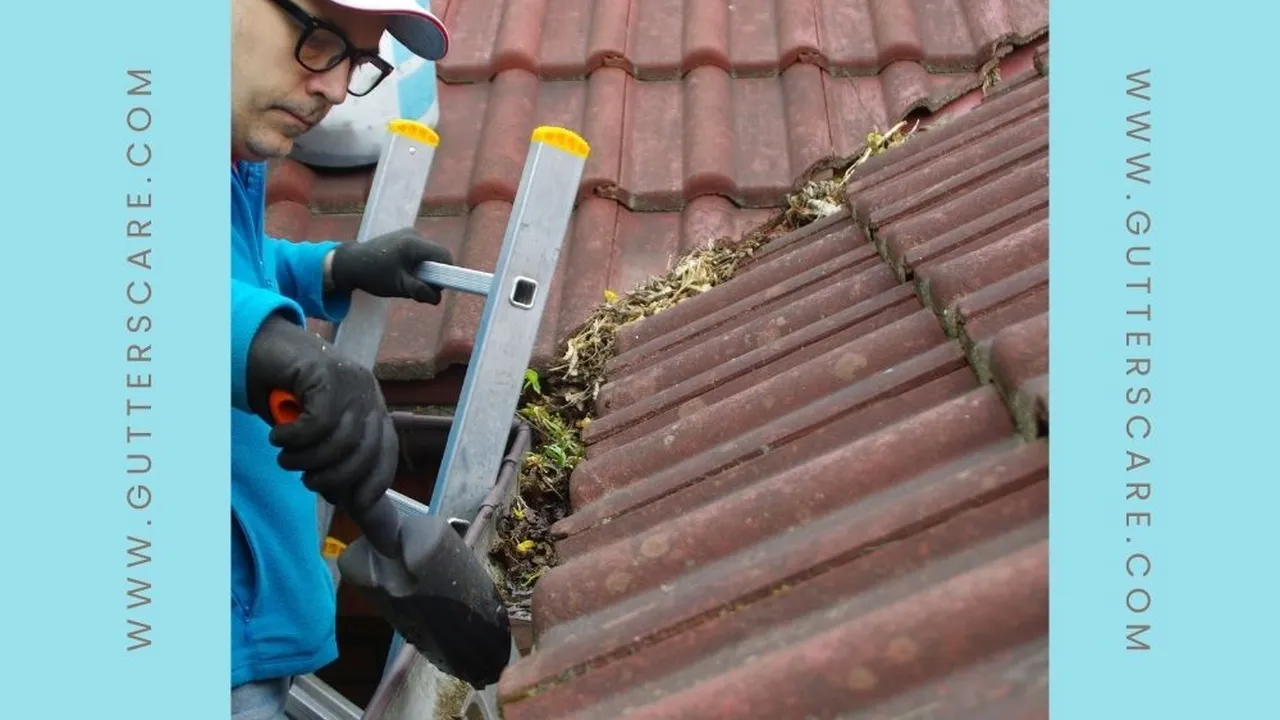Advanced Waterproofing Solutions for Roofs
Select roofing materials specifically engineered to resist salt air corrosion and harsh coastal environments.

Selecting the right roofing materials for coastal homes is absolutely critical. You're not just dealing with rain and sun; you're up against a relentless assault from salt air, high humidity, strong winds, and sometimes even direct saltwater spray. These elements can rapidly degrade conventional roofing, leading to premature failure, costly repairs, and a lot of headaches. This guide will walk you through the best roofing materials specifically engineered to resist salt air corrosion and thrive in harsh coastal environments, ensuring your home stays protected for decades.
Coastal Roofing Materials Salt Air Resistance
Understanding the Coastal Environment Impact on Roofs
Living by the sea is a dream for many, but it comes with unique challenges for your home's exterior, especially the roof. The primary culprit is salt. Microscopic salt particles carried by sea breezes can settle on your roof, and when combined with moisture (which is abundant in coastal areas), they create a corrosive environment. This accelerates the oxidation of metals, breaks down organic materials, and can even compromise the structural integrity of some roofing types. Beyond salt, coastal regions often experience:
- High Humidity: Promotes mold, mildew, and algae growth, and can lead to wood rot.
- Strong Winds: Hurricanes, tropical storms, and even regular sea breezes can lift, tear, and damage roofing components.
- Intense UV Radiation: Unfiltered sunlight can degrade materials, causing fading, cracking, and brittleness.
- Heavy Rainfall: Requires excellent drainage and waterproofing to prevent leaks.
So, when we talk about salt air resistance, we're really talking about a material's ability to stand up to this entire cocktail of environmental stressors.
Top Roofing Materials for Salt Air Resistance and Coastal Durability
When it comes to protecting your home from the relentless coastal elements, not all roofing materials are created equal. Here are the top contenders that offer superior salt air resistance and overall durability for seaside properties:
Metal Roofing for Coastal Homes Unmatched Durability
Metal roofing is often considered the king of coastal protection, but not just any metal will do. You need specific types and coatings to truly resist salt air corrosion.
Best Metal Types for Coastal Environments:
- Aluminum: This is arguably the best choice for coastal areas. Aluminum naturally forms a protective oxide layer that makes it highly resistant to rust and corrosion, even in direct saltwater spray. It's lightweight, durable, and comes in various styles and colors.
- Copper: While expensive, copper is incredibly durable and develops a beautiful patina over time. It's naturally resistant to salt corrosion and can last for centuries.
- Zinc: Similar to copper, zinc is a premium material that offers exceptional longevity and corrosion resistance. It also develops a protective patina.
- Galvalume Steel with Kynar 500 Coating: Standard galvanized steel will rust quickly in coastal environments. However, Galvalume (a blend of zinc and aluminum) steel with a high-quality Kynar 500 (PVDF) paint finish offers excellent corrosion resistance. The Kynar 500 coating acts as an additional barrier against salt and UV degradation.
Recommended Metal Roofing Products for Coastal Use:
- Classic Metal Roofing Systems (Aluminum): Known for their high-quality aluminum shingles and standing seam panels. Their Oxford Shingle or Rustic Shingle lines are excellent for residential coastal applications, offering a traditional look with modern durability. Prices typically range from $10-$18 per square foot installed.
- Englert Metal Roofing (Galvalume with Kynar 500): Englert offers a wide range of standing seam and architectural metal panels. Their Series 2000 or Series 2500 panels with a Kynar 500 finish are highly recommended for coastal areas. Expect to pay $8-$15 per square foot installed.
- Revere Copper Products (Copper): For those seeking the ultimate in luxury and longevity, Revere offers various copper sheets and coils for custom roofing applications. Copper roofing can cost upwards of $25-$40+ per square foot installed.
Pros of Metal Roofing in Coastal Areas:
- Exceptional salt air and corrosion resistance (with proper material/coating).
- Excellent wind resistance (especially standing seam).
- Long lifespan (50+ years).
- Energy efficient (reflects solar heat).
- Low maintenance.
Cons of Metal Roofing in Coastal Areas:
- Higher upfront cost.
- Can be noisy during heavy rain or hail.
- Requires specialized installation.
Tile Roofing Clay and Concrete for Coastal Aesthetics and Durability
Tile roofs, particularly clay and concrete, are another fantastic option for coastal homes, offering both aesthetic appeal and robust protection.
Clay Tiles for Coastal Resilience:
Clay tiles are naturally resistant to salt, moisture, and UV radiation. They don't corrode and are impervious to insect damage. Their heavy weight also provides excellent wind resistance.
Concrete Tiles for Coastal Strength:
Concrete tiles are similar to clay in their benefits but are generally more affordable. They are extremely durable, fire-resistant, and can withstand high winds and salt exposure without degradation.
Recommended Tile Roofing Products for Coastal Use:
- Boral Roofing (Clay and Concrete): Boral offers a vast selection of clay and concrete tiles, including their Boral® Steel line which combines the look of tile with the benefits of metal. Their standard clay and concrete tiles are excellent for coastal applications. Prices for concrete tiles typically range from $7-$12 per square foot installed, while clay tiles can be $10-$20+ per square foot.
- Eagle Roofing Products (Concrete): Eagle is a leading manufacturer of concrete roof tiles, known for their durability and wide range of profiles and colors. Their Capistrano or Bel Air profiles are popular choices for coastal homes. Expect to pay $7-$12 per square foot installed.
Pros of Tile Roofing in Coastal Areas:
- Excellent salt air and corrosion resistance.
- Very long lifespan (50-100 years).
- High wind resistance.
- Fire resistant.
- Aesthetically pleasing, classic look.
Cons of Tile Roofing in Coastal Areas:
- Heavy, may require structural reinforcement.
- Higher upfront cost.
- Can be brittle and break if walked on improperly.
Synthetic Roofing Materials for Coastal Performance and Versatility
Synthetic roofing materials, often made from recycled plastics and rubber, have come a long way. They are engineered to mimic the look of natural materials like slate or wood shakes but offer superior performance in harsh environments, including coastal ones.
Key Benefits of Synthetics for Coastal Homes:
- Corrosion Resistance: Being non-metallic, they are completely immune to salt air corrosion.
- Impact Resistance: Many synthetics are highly resistant to hail and wind-borne debris.
- UV Resistance: Formulated with UV inhibitors to prevent fading and degradation.
- Lightweight: Easier to install and don't require structural reinforcement.
Recommended Synthetic Roofing Products for Coastal Use:
- DaVinci Roofscapes (Synthetic Slate and Shake): DaVinci offers premium synthetic roofing tiles that replicate the look of natural slate and cedar shakes. Their products are Class A fire rated, Class 4 impact rated, and highly resistant to UV and salt degradation. The DaVinci Slate or DaVinci Shake lines are excellent for coastal homes. Prices typically range from $12-$20 per square foot installed.
- CeDUR Roofing Shakes (Synthetic Wood Shake): CeDUR offers a realistic synthetic cedar shake that is lightweight, durable, and impervious to moisture and salt. It's a great option for achieving a natural look without the maintenance issues of real wood in coastal areas. Expect to pay $10-$16 per square foot installed.
Pros of Synthetic Roofing in Coastal Areas:
- Excellent resistance to salt, UV, and moisture.
- Lightweight and easy to install.
- Long lifespan (50+ years).
- Mimics natural materials without their drawbacks.
- Often made from recycled materials.
Cons of Synthetic Roofing in Coastal Areas:
- Can be more expensive than asphalt shingles.
- Some products may not look as authentic as natural materials up close.
Asphalt Shingles for Coastal Homes The Right Grade Matters
While standard 3-tab asphalt shingles are generally not recommended for coastal areas due to their lower wind resistance and susceptibility to granule loss from salt abrasion, architectural or laminate asphalt shingles can be a viable, more affordable option if chosen carefully.
Key Considerations for Asphalt Shingles in Coastal Areas:
- High Wind Rating: Look for shingles with a minimum 130 mph wind rating.
- Algae Resistance: Many coastal areas have high humidity, so shingles with copper granules (often labeled AR for Algae Resistant) are essential.
- Impact Resistance: Class 3 or 4 impact-rated shingles offer better protection against wind-borne debris.
Recommended Asphalt Shingle Products for Coastal Use:
- GAF Timberline HDZ (Architectural Shingles): GAF's Timberline HDZ shingles come with a 130 mph wind warranty and Algae Protection. They offer a good balance of durability and affordability for coastal homes where budget is a primary concern. Prices typically range from $4-$7 per square foot installed.
- CertainTeed Landmark Pro (Architectural Shingles): Similar to GAF, CertainTeed Landmark Pro shingles offer enhanced durability, a good wind rating, and algae resistance, making them a better choice than basic shingles for coastal environments. Expect to pay $4-$8 per square foot installed.
Pros of Asphalt Shingles in Coastal Areas (High-Grade):
- Most affordable upfront cost.
- Wide variety of colors and styles.
- Relatively easy to install and repair.
Cons of Asphalt Shingles in Coastal Areas (Even High-Grade):
- Shorter lifespan compared to metal or tile (20-30 years).
- Less resistant to extreme salt exposure over the very long term.
- Granule loss can be accelerated by salt abrasion.
- Lower wind resistance than other options.
Crucial Coastal Roofing System Components Beyond the Surface
It's not just about the top layer of your roof; the entire roofing system needs to be designed for coastal resilience. Don't overlook these critical components:
Underlayment for Coastal Roof Protection
A high-quality, synthetic underlayment is non-negotiable for coastal roofs. It provides an extra layer of waterproofing and acts as a secondary barrier against wind-driven rain and moisture intrusion. Look for self-adhering, high-temperature rated synthetic underlayments.
Recommended Underlayment Products:
- GAF StormGuard Film-Surfaced Leak Barrier: A self-adhering, high-performance leak barrier that provides excellent protection against wind-driven rain and ice dams.
- CertainTeed WinterGuard: Another premium self-adhering underlayment designed for superior waterproofing.
Fasteners and Flashing for Coastal Durability
This is where many coastal roofs fail. Standard galvanized fasteners and flashing will corrode rapidly in salt air. You absolutely must use:
- Stainless Steel Fasteners: Type 304 or 316 stainless steel screws and nails are essential for all roofing components, including shingles, tiles, and metal panels.
- Copper or Aluminum Flashing: For flashing around chimneys, skylights, and valleys, copper or aluminum are the best choices due to their corrosion resistance. If using Galvalume steel roofing, ensure the flashing is also Galvalume with a Kynar 500 coating, or compatible aluminum.
Sealants and Adhesives for Coastal Weatherproofing
Use high-quality, marine-grade sealants and adhesives that are UV stable and resistant to salt and moisture. Polyurethane or silicone-based sealants are generally good choices.
Ventilation for Coastal Airflow and Moisture Control
Proper attic ventilation is crucial in humid coastal environments to prevent moisture buildup, mold growth, and heat accumulation. A balanced system of intake and exhaust vents will help maintain a healthy roof and attic.
Installation Best Practices for Coastal Roofing Longevity
Even the best materials will fail if not installed correctly. For coastal homes, pay extra attention to:
- Enhanced Fastening Schedules: Use more fasteners per shingle or panel than standard recommendations to improve wind uplift resistance.
- Proper Edge Detailing: Ensure drip edges, rake edges, and eaves are securely fastened and sealed to prevent wind from getting underneath the roofing material.
- Manufacturer Specifications: Always adhere strictly to the manufacturer's installation guidelines, as they often have specific recommendations for high-wind or coastal applications.
- Experienced Coastal Roofers: Hire a roofing contractor with proven experience in coastal installations. They understand the unique challenges and best practices for these environments.
Maintenance Tips for Coastal Roofs Maximizing Lifespan
Even with the most durable materials, regular maintenance is key to maximizing your coastal roof's lifespan:
- Regular Inspections: At least twice a year, and especially after severe weather, inspect your roof for any signs of damage, loose fasteners, or debris.
- Gutter Cleaning: Keep gutters and downspouts clear of leaves, sand, and debris to ensure proper drainage and prevent water backup.
- Algae and Moss Removal: Gently clean any algae or moss growth using appropriate, non-damaging methods to prevent degradation of the roofing material.
- Trim Overhanging Branches: Prevent branches from rubbing against the roof or falling during storms.
- Check Flashing and Sealants: Periodically inspect flashing for corrosion or damage and ensure sealants are intact and not cracking.
Making the Right Choice for Your Coastal Home
Choosing the right roofing material for your coastal home is a significant investment that pays off in long-term protection and peace of mind. While the upfront cost for highly resistant materials like aluminum, copper, or high-grade tiles might be higher, their extended lifespan, lower maintenance requirements, and superior performance in harsh conditions often result in a lower total cost of ownership. Always prioritize materials and installation techniques that are specifically designed to combat salt air corrosion, high winds, and intense UV radiation. Consult with local roofing professionals who have extensive experience with coastal properties to ensure you make the best decision for your home's unique location and needs.
:max_bytes(150000):strip_icc()/277019-baked-pork-chops-with-cream-of-mushroom-soup-DDMFS-beauty-4x3-BG-7505-5762b731cf30447d9cbbbbbf387beafa.jpg)






